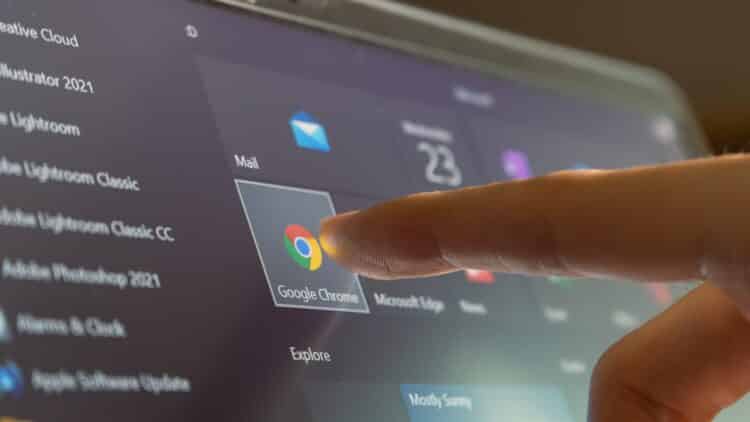If you’ve been using the same computer for almost a decade, you’ve probably had a faithful companion. We’re talking about Windows 10, which, with its pros and cons, has been the operating system of millions of people since its launch in 2015. It was promised to us as a Windows that would last forever, but like everything else in this technological age, its time has come to an end. Microsoft has officially decided to say goodbye to its acclaimed product.
Windows 10 End of Life (EOL) Date
The official end of support date was October 14, 2025.
If you are still using a computer with this operating system, we would like to inform you that you are in a danger zone. But what exactly does “end of support” mean? To explain it in a somewhat poetic way, it means that our PC is left without doctors or police to protect it. From now on, it will be much more vulnerable to cyberattacks, since it no longer has Microsoft’s support to bail it out.
No matter how fond you are of your Windows 10, it is dangerous to continue using it. If you haven’t yet switched to the next operating system, here are the steps you need to take… urgently. Even though your computer still turns on and can run most applications, it is like a castle without walls that can be attacked at any time.
From now on, Windows 10 will not receive security updates, and any vulnerabilities found by hackers will never be fixed. Microsoft will no longer release update patches, making computers running this old operating system highly susceptible to ransomware attacks and data theft. If you don’t update it, your computer will be stuck in a version of the past worthy of a museum.
In addition, Microsoft will no longer offer free technical support. If you have a serious problem with the system, Microsoft will wash its hands of it. Furthermore, software developers will no longer guarantee compatibility with an operating system that is no longer supported. This means that essential applications such as Chrome, Office, or even peripherals such as printers or cameras will stop working.
The Big Problem with TPM 2.0
Microsoft has been clear: you have to upgrade to Windows 11. However, this is where the biggest controversy surrounding this operating system change lies… Not all computers are eligible for a free upgrade. Microsoft has set very strict hardware requirements for Windows 11. The main barrier to entry is that it leaves millions of users out because they don’t have the TPM 2.0 chip.
This somewhat mysterious requirement is frustrating millions of users and causing an uproar on social media. To explain what this chip is, the TPM 2.0 (Trusted Platform Module) is like a physical “safe” built into the computer’s motherboard. This chip stores encryption keys and credentials to make the system much more secure. It sounds great, but in real life, many users do not have this chip. Considering that Windows is the most widely used operating system in the Western world, this barrier to entry leaves millions of users completely adrift and without an operating system.
Many relatively modern computers, even those manufactured before 2020, worked perfectly with Windows 10, but do not have TPM 2.0.
What to do if you had Windows 10
The safest option is to jump ship and switch to Windows 11. To check if your computer meets the basic requirements, use the official Windows tool called “PC Health Check.” If you have a valid Windows 10 license, the upgrade to Windows 11 will be free.
If your PC is not compatible or you need more time to plan an upgrade, there are temporary patches available. Called Extended Security Updates (ESU), this program is designed to provide critical security updates for a limited time. ESU will extend this support until October 2028 (three additional years in total). However, it is not free, but has an initial cost of $30 USD for the first year, which will double in subsequent years.
However, there is a “First Year Trick”: home users can get the first year of ESU (until October 2026) for free if they use the Windows backup feature and a Microsoft account. This is an expensive solution in the long run, but it can give us time to save up and plan for the purchase of new equipment.

